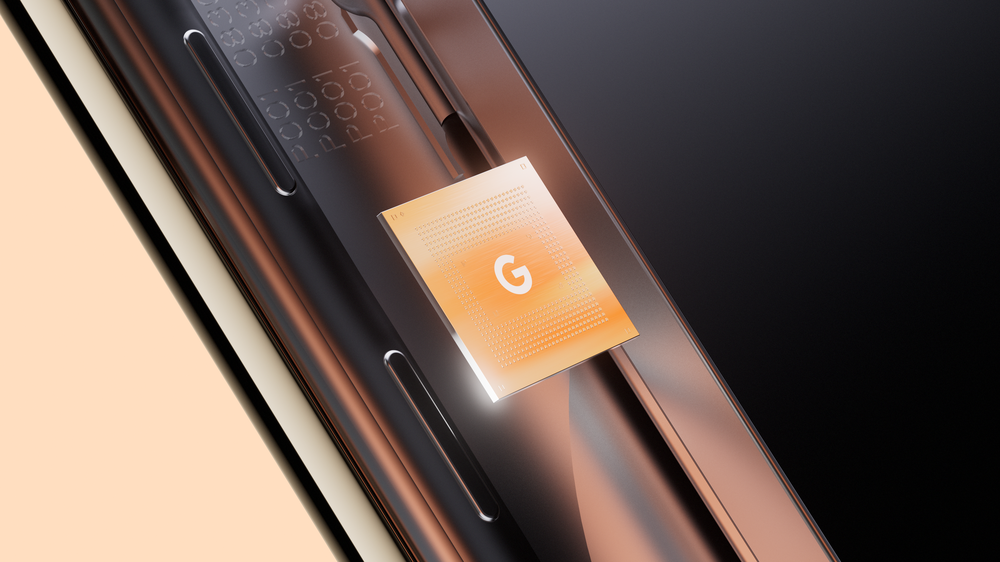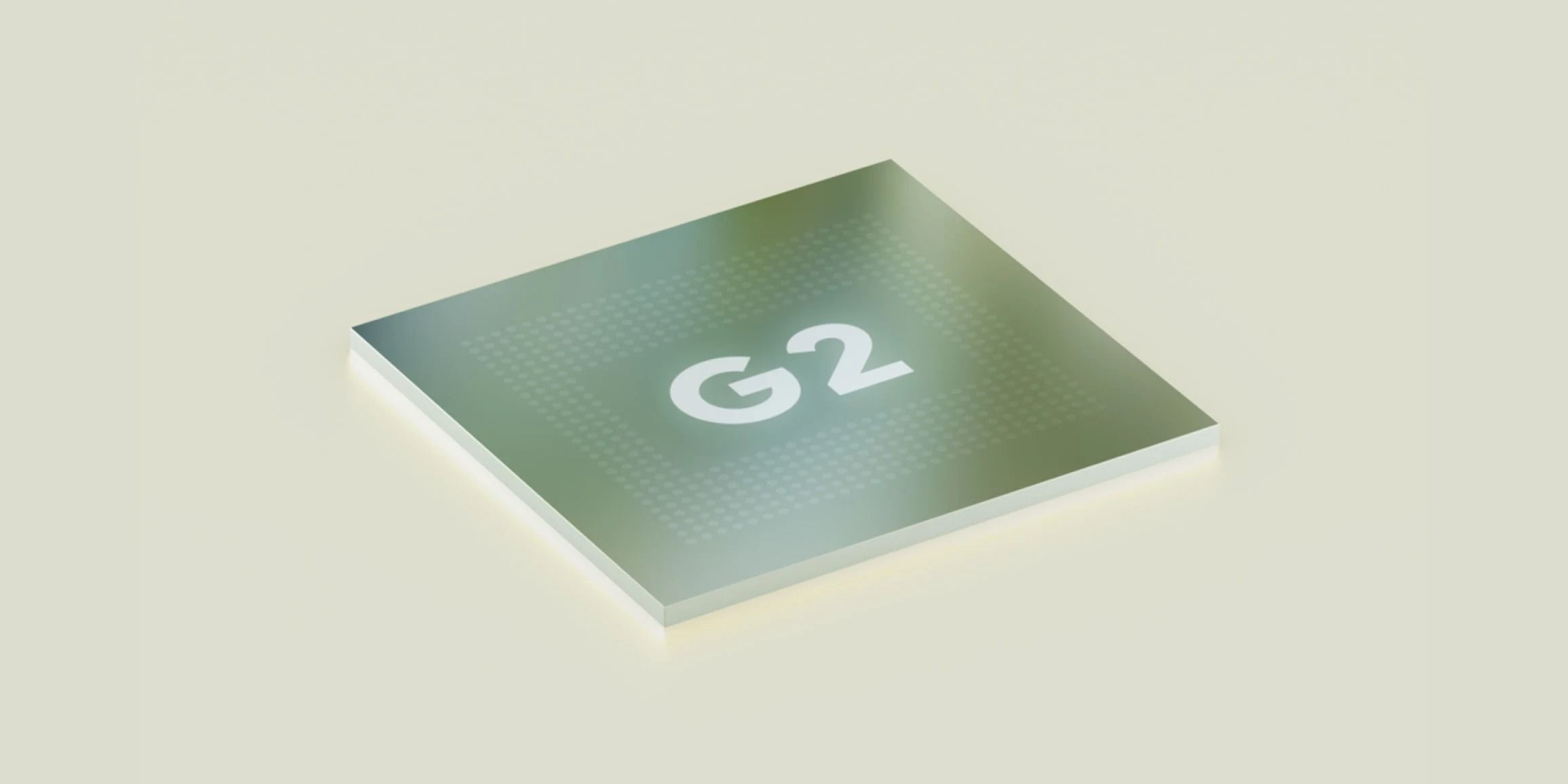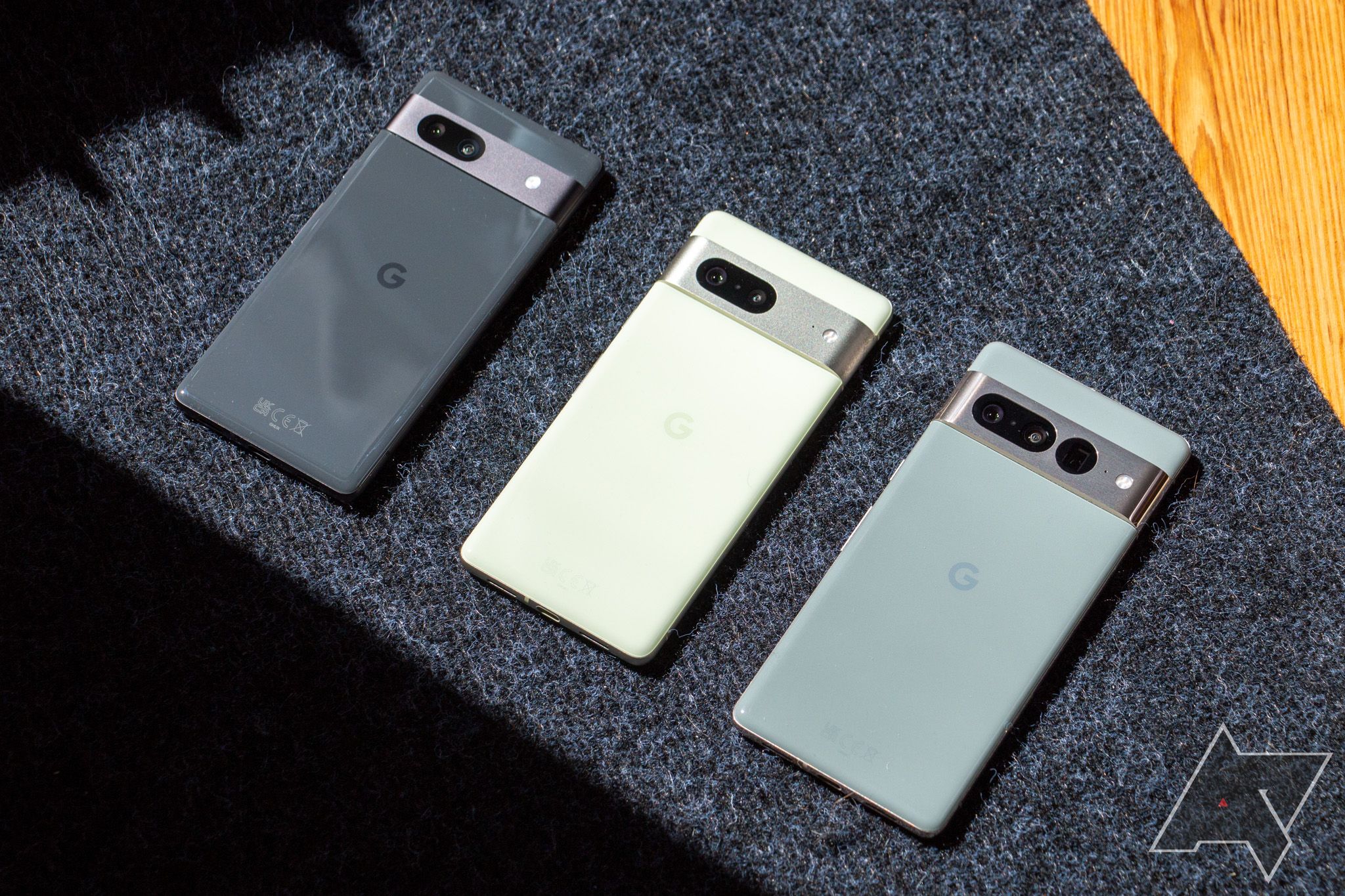Google showed us a slew of new devices at Google I/O 2023, marking the official launch of the Google Pixel 7a, the Pixel Tablet, and the Pixel Fold. These devices join Google's excellent existing lineup, with the Pixel 7 and Pixel 7 Pro currently spearheading it. Other than these devices being part of Google's latest lineup, they have another common denominator: They are powered by the Google Tensor G2 chipset.
But what makes Google's second-generation chipset so special? And are there any downsides to Google's custom processor compared to the competition? Read on to find out.
Google Tensor G2 specifications
For those that want a table, here you go:
|
Dev board code name |
Cloudripper |
|---|---|
|
Model number |
GS201, Tensor G2 |
|
Cores |
2x super-big ARM Cortex-X1, 2x big A78, 4x small Cortex-A55 |
|
GPU |
Mali-G710 MP7 |
|
Manufacturing node |
5nm Samsung PLP |
|
Modem |
Samsung Exynos 5300 5G |
|
RAM |
LPDDR5 |
|
Caches |
4MB CPU L3, 8MP system level |
The Tensor G2 is made by Samsung on its 5nm node using panel-level packaging. This is a complicated way of saying the chips are carved out of a square wafer rather than a round one, reducing waste. This likely doesn't impact the chip's performance much in actual devices, but it's nifty and might reduce costs. Plus, it's useful at a time when the industry is plagued by a chip shortage followed by a looming recession.
The Tensor G2 keeps the 2+2+4 core cluster configuration that the original Tensor GS101 used, with two "super-big" cores, two more typical big cores, and four small cores. One thing that changes across generations is the frequency and one small tweak to the big clusters. The A76 cluster is replaced by an A78 cluster that's 100MHz faster at 2.35GHz. The other components remain the same. The X1 cluster has been bumped up by 50MHz, which gives it a frequency of 2.85GHz. This translates to a 10% to 15% better result in Geekbench, though, as with any such benchmarks, you'll be hard-pressed to notice much of this difference in real life.
Google significantly upgraded the GPU. The Tensor G2 switched to the Mali-G710 GPU rather than the G78. That provides about 20% better performance and efficiency. The new GPU also helps the onboard machine-learning-focused Tensor Processing Unit (TPU), giving it an up to 35% boost in applicable processes. The TPU was also upgraded, with Google saying that it is up to 60% faster than its predecessor when it comes to photography and speech-related workloads.
The G2 is again paired with a Samsung-made modem, this time around, the Exynos S5300 5G. Mobile connectivity was poor on the Pixel 6 series and one of the biggest gripes many owners had with it. Based on our reviews and reports from Pixel 7 users, the situation is improved with the new modem. There are still some reports from people saying they have poor connectivity compared to other devices. Still, these seem to be few and far between, which could point to faulty devices or an area with poor connectivity.
This small upgrade might be disappointing on paper compared to the first-gen Tensor, but it could make a lot of sense in the performance-to-power usage ratio. Newer processors are found to improve performance at the cost of energy consumption, so sticking with the older generation cores might leave more room for better efficiency. It also helps that Google has experience with this setup for a whole generation, making it simpler to optimize the system further. This is somewhat reminiscent of the company sticking with the same camera for multiple generations of Pixel phones, improving how the software interacts with the hardware with each iteration.
According to one report, mass manufacturing for the chipset is estimated to begin as early as June 2022. This makes sense, as Google had to get enough Tensor G2 units ready for the Pixel 7 and 7 Pro launch on October 6, 2022, and needs a constant flow of new chips for its full lineup.
Google Tensor G2 special features
Smartphone chipsets aren't just a list of cores. Other details inside them can affect performance. One of the biggest reasons that Google elected to create its own chipset with the original Tensor was for enhanced machine learning applications. With the rise of ambient computing, so-called heterogeneous compute (pushing specialized workloads to different or customized pieces of hardware rather than only general-purpose CPUs) has a bigger impact on perceived device performance than big single-threaded gains.
It's not only about one or two big benchmarks. It's also about how we use our phones. More and more, that's for speech recognition, translation, fancy camera features, AR/VR, and other highly specialized workflows. And for that, you need more than a handful of recent ARM cores and a GPU.
The original Tensor included parts of Google's HDRNet image processing pipeline in hardware, providing more specialization and direct performance for Google's workloads than a general-purpose ISP can provide. Google also gave it a dedicated security core (paired with a separate Titan M2 chip running Trusty OS).
The Tensor G2 enables new such capabilities once again. At Google I/O 2022, Google talked about the Tensor G2 and said it would bring "even more AI-heavy breakthroughs and helpful, personalized experiences across speech, photography, video, and security." And sure enough, the company delivered. The Pixel 7 can take and process night sight images up to two times faster than the Pixel 6. There is also a new Unblur feature on board that fixes blurred images. Further, speech recognition has been improved, with the Pixel 7 processing dictated text faster than the Pixel 6 without sending your audio snippets to servers.
Features like these are why a company would create a custom smartphone chipset. Otherwise, Google could have used something from Qualcomm, as it did in the past.
While both the original GS101 Tensor and the Tensor G2 are mostly based on Samsung's Exynos designs, we might see future models, like Tensor G3 (if it will be called that), diverge from this base over time and as Google's requirements change.
It's also worth pointing out that Google's 2+2+4 core configuration is unique. So far, other chipset manufacturers haven't followed in Google's footsteps by including more than one "super-big" core. In an interview with Ars Technica's Ron Amadeo, Google's Phil Carmack (VP and GM of Google Silicon) said this configuration was chosen to increase efficiency at "medium" workloads by being able to throw more resources at a task to do it quickly, returning to a low-power state faster:
"When it's a steady-state problem where, say, the CPU has a lighter load, but it's still modestly significant, you'll have the dual X1s running, and at that performance level, that will be the most efficient ... You might use the two X1s dialed down in frequency so they're ultra-efficient, but they're still at a workload that's pretty heavy. A workload that you normally would have done with dual A76s, maxed out, is now barely tapping the gas with dual X1s."
Google Tensor G2-supported devices
The Tensor G2 debuted with the Pixel 7 series of phones, which includes the Google Pixel 7, Pixel 7 Pro, and Pixel 7a. The Pixel 7a and the Pixel 7, in particular, are similar phones, offering near-identical screens, camera setups, and RAM and storage. The Pixel 7 Pro is a little different in that it offers a much bigger screen with a higher refresh rate and an extra zoom camera that allows you to zoom up to 5x optically.
The Tensor G2 also powers the Google Pixel Fold, the company's first folding phone, presented during Google I/O 2023. It's similar to the Samsung Galaxy Z Fold 4, though it folds open to reveal a horizontally oriented screen like the Oppo Find N2. Then there is the Google Pixel Tablet, the company's latest entry into the tablet market after the ill-received Pixel Slate a few years ago. It's a home-first device with an included dock, allowing it to double as a Nest Hub-like smart display when you aren't carrying it with you. Both the Pixel Fold and the Pixel Tablet are available from late June 2023, with a pre-order window active before then.
Google Tensor G2 compared to the Snapdragon competition
In isolation, the Tensor G2 sounds like a great chipset that enables some advanced features. That's true, but where there is light, there is also shadow. Its predecessor, the Google Tensor, was heavily criticized for its tendency to run hot and poor mobile connectivity. This is still the case with the Tensor G2. It's a less efficient chipset than many others out there, and when it's trying to grab a signal in a low connectivity area, you might notice the handset in your pocket getting warmer.
The downsides of the Google Tensor G2 become especially clear when you compare it with the Qualcomm Snapdragon 8 Gen 2, powering basically the rest of the flagship Android phones, including the Samsung Galaxy S23 Ultra. Phones we've tested with this chip run consistently cooler and offer better battery life when using mobile internet, all while being less prone to throttling. A phone is more than just its processor, so there may be other factors, but this general trend can be seen for all phones with these two processors.
Check out all the Google Pixel devices with Tensor G2 on board
The Google Pixel 7 and 7 Pro are the first devices running the Tensor G2, and they're joined by the Google Pixel 7a, the Pixel Tablet, and the Pixel Fold. The cheapest entry to get the Tensor G2 is the Pixel 7a, which is Google's latest budget phone offering. You can get it for $500, and it's sometimes on sale for less or bundled with extra goodies at the same price.
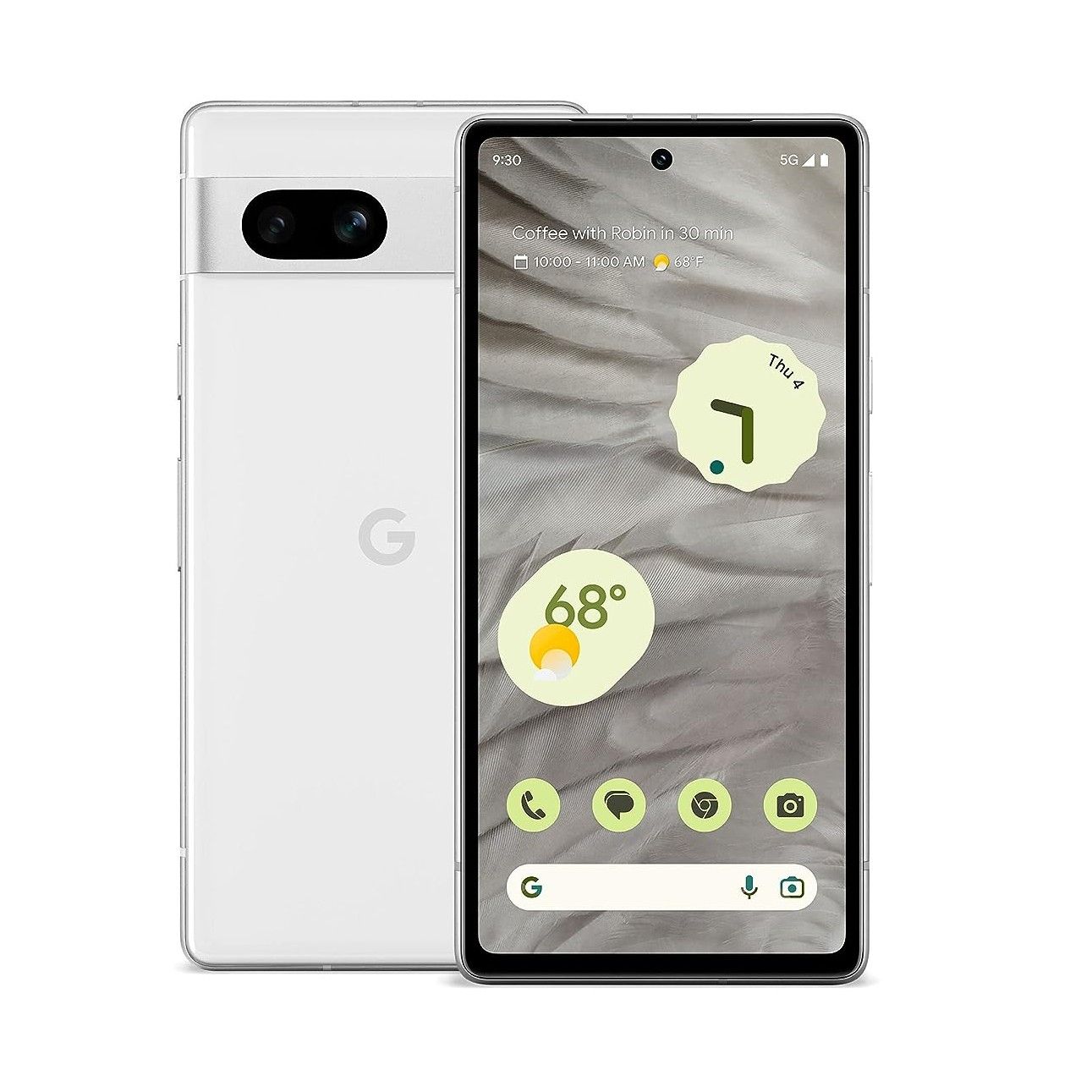
Google Pixel 7a
If you are looking for a new device at a midrange price, the Google Pixel 7a checks off all the boxes. It has a fantastic camera system, strong power, great software support, and good battery life. It may be midrange in price but feels closer to its flagship siblings overall.
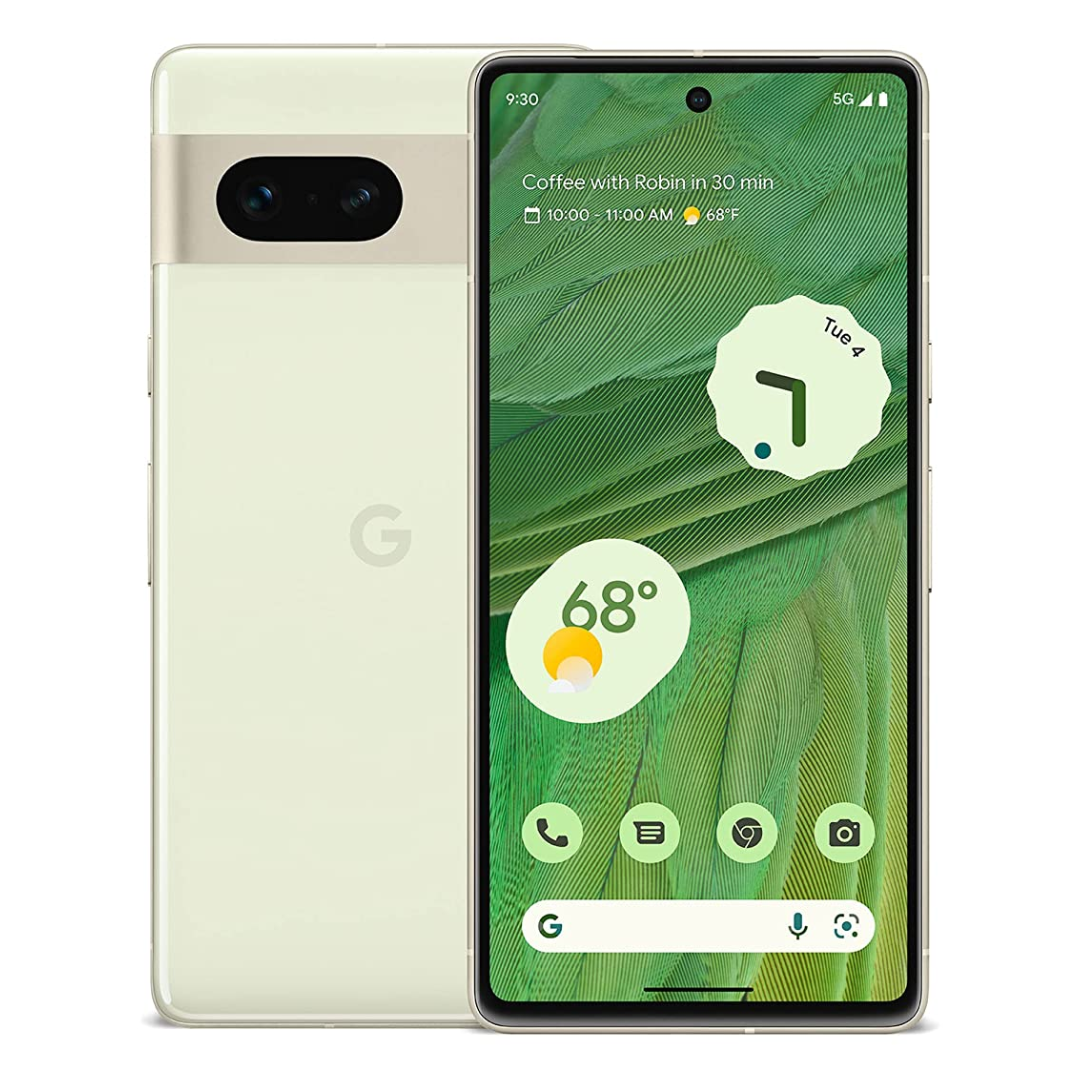
Google Pixel 7
Google did not reinvent the wheel with the Pixel 7, but there was no need to. With improved cameras, the next-gen Tensor G2 chipset, and Google's wonderfully feature-filled software, the Pixel 7 earns its price tag again this year.
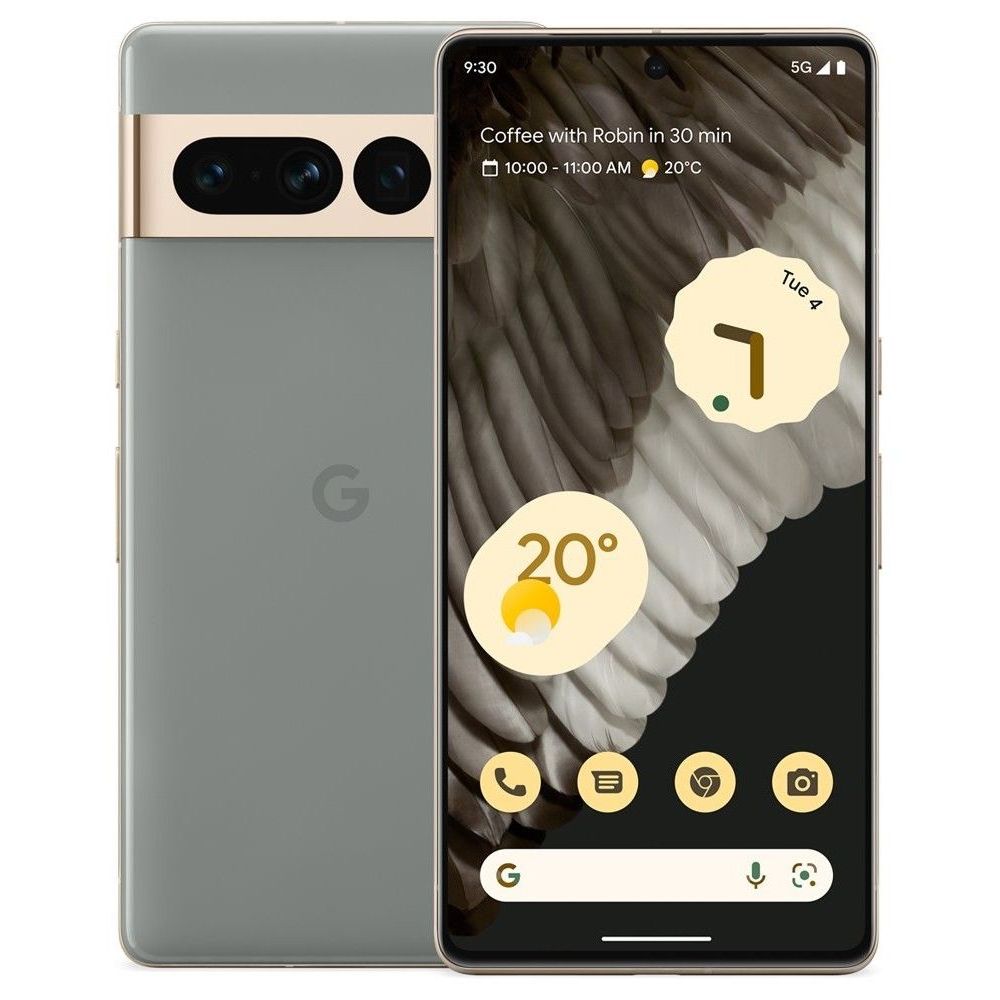
Google Pixel 7 Pro
Google's Pixel 7 Pro refines the Pixel experience after the 6 Pro's initial stumbles last year, improving stability and taking the camera prowess to new levels with image fusing and 4K60fps video on all cameras. 30W fast charging and Pixel's addictive features like automatic Call screening and Pixel recorder help make the Pixel 7 Pro an alluring phone even as an iterative update.

